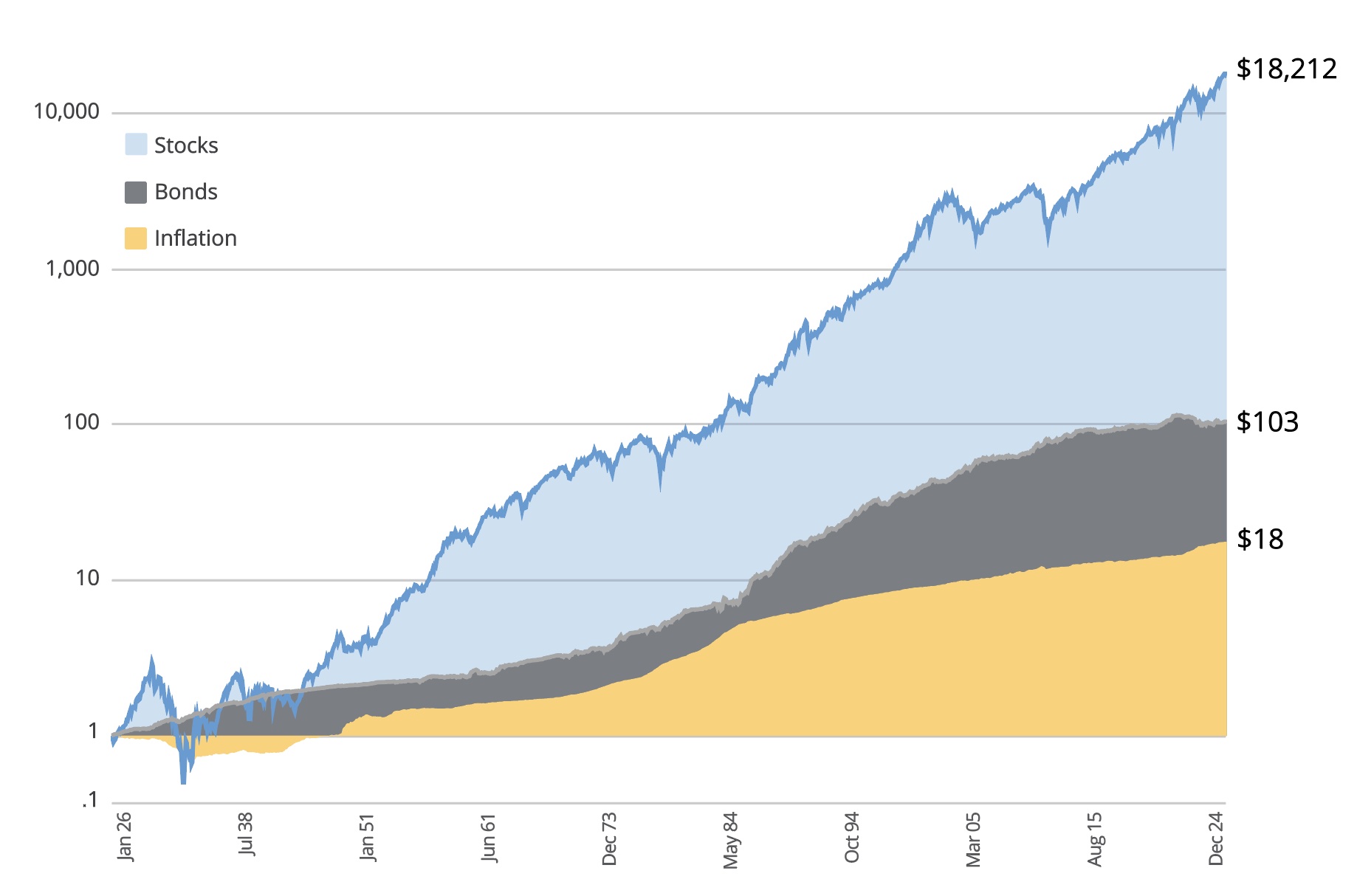RISK TOLERANCE & CAPACITY
Cardinal Point provides personally tailored investment management services for clients with U.S. and Canadian investment accounts. We explore the areas of where you are now and what you wish to accomplish, finding the intersection between what matters and what you are able to control. Investment strategies are customized to your risk tolerance and goals and then we work to fully integrate them into your tax, financial and estate planning initiatives.
RISK TOLERANCE & CAPACITY
Cardinal Point provides personally tailored investment management services for clients with U.S. and Canadian investment accounts. We explore the areas of where you are now and what you wish to accomplish, finding the intersection between what matters and what you are able to control. Investment strategies are customized to your risk tolerance and goals and then we work to fully integrate them into your tax, financial and estate planning initiatives.

All of us have lifestyle goals and aspirations. Perhaps they are as simple as maintaining a desired standard of living in retirement or navigating the complexities of multiple generational wealth across borders. A common baseline goal for many investors is to maintain their purchasing power over time, growing their assets faster than the rate of inflation. Achieving this typically requires a certain level of investment risk. Historically, as illustrated in the chart below, equities have significantly outperformed bonds over the long run, making them more efficient at outpacing inflation.
Determining the right amount of stocks and bonds for your situation and the full design of your portfolio is a comprehensive task, involving multiple conversations with Cardinal Point professionals.
There are two main considerations needed for your asset mix decision: your risk capacity and your risk tolerance. Finding the balance that will help you reach your goals and allow you to sleep peacefully at night is an important task.
Risk Capacity
Your risk capacity encompasses the constraints put on the portfolio, primarily the time horizon and liquidity needs expected for the assets. For example, planning a 15% withdrawal for a home purchase in three years or entering retirement with an annual 4% withdrawal rate may necessitate that a portion of the account be held in lower volatility investments. Similarly, the stability – or variability your income and employment can influence the types of investments best suited to your situation.
Risk tolerance
Even the most perfectly designed portfolio is ineffective if you can’t remain committed to it during periods of market downturn. That’s where risk tolerance comes into play. Your risk tolerance has to do with your relationship with risk. Do you view a riskier investment as having the potential for higher returns, or does the idea of a holding dropping 40% in value make you uneasy? Consider your preferences in other areas of your life – would you rather the stability of a fixed salary, or are you more comfortable with the potential ups and downs of commission-based compensation packages or variable income opportunities? Portfolios with higher allocations to equities or stocks will offer greater long term potential but come with considerable volatility. In contrast, bonds have historically provided more stability, albeit with lower expected returns.
Who We Serve

Private Wealth Services for Residents of Canada
At Cardinal Point, we work with individuals and families who have made a commitment to excellence and expect it from others. Our clients come to us for a variety of reasons: the expertise of our investment management services; the integration of their tax, retirement, and estate plans; and the simplicity we bring to their complex financial lives.
Moving from Canada to the U.S.
Moving to the U.S. from Canada requires thoughtful financial planning strategies that address departure taxes, transitioning assets and investment interests across the border, managing Canadian dollar investment accounts while tax managing them based on the U.S. tax rules, as well as creating a cross-border estate plan.


Moving from the U.S. to Canada
Many people make the mistake of moving to Canada before addressing their financial affairs, resulting in missed tax-saving opportunities and potential double taxation. Our services are specifically designed to minimize tax liabilities for Americans relocating to Canada. Managing investments, taxes, and financial planning across borders is complex and requires a deep understanding of both U.S. and Canadian laws.
Canadians Living in the U.S.
For Canadians living in the US, it can be difficult to find a local financial advisor or tax practitioner that is well versed in Canada-U.S. cross-border financial planning. This forces many Canadian expats to work with multiple Canadian and U.S. practitioners which can be inefficient and costly. With Cardinal Point, Canadian expats can have the assurance of knowing all of their cross-border financial planning considerations can be addressed by one company.


U.S. Citizens Living in Canada
Our specialized services offer coordinated investment management for both U.S. and Canadian accounts, tailored Canada-U.S. financial and retirement planning, and strategies for U.S. retirement account distributions while residing in Canada. From comprehensive estate planning to optimizing retirement benefits like CPP, OAS, Social Security, and Medicare, we provide holistic advice to ensure financial peace of mind.
Private Wealth Services for Residents of the U.S.
Our clients seek a long-term relationship with a trusted wealth planner who fully understands their situation and goals. These affluent individuals and families grasp the importance of diversifying their investment portfolios, establishing a lasting family legacy, and seeking a more effective and fulfilling method for managing their wealth.




